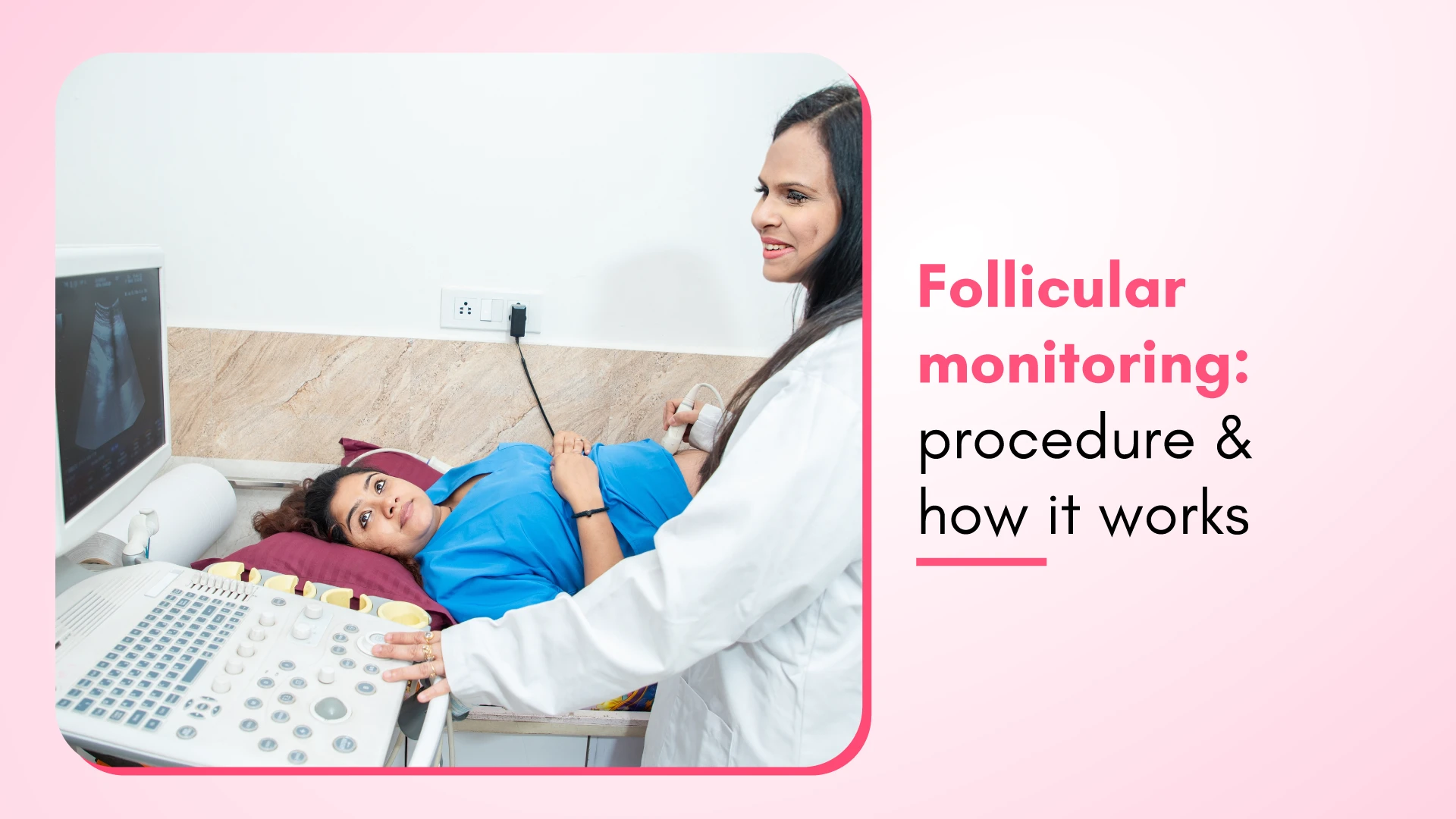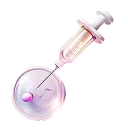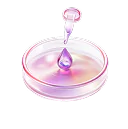If you have been to a fertility clinic, you must have heard of a follicular scan. It is a simple technique used by gynecologists for assessing ovarian follicles at regular intervals as an integral part of fertility assessment and treatment.
In this blog, we will explore all about this, its effects, needs, purpose, and who can benefit from it.
Related Read: What Are Follicles and Why Are They Important for Fertility?
What is Follicular Monitoring?
These are a series of ultrasound scans mostly done by transvaginal route that are performed throughout the menstrual cycle of a female. The doctor monitors the development and release of eggs from the ovaries. The release of eggs (or the follicles) from the ovary is analyzed all along the follicular scan.
The follicular monitoring report is later studied by medical professionals to assess the health of ovaries and predict ovulation/ fertility issues.
But what are the effects of follicular monitoring ultrasound scans? Let’s explore.
How to Perform Follicular Monitoring?
Follicular study sonography/ultrasound is a non-invasive and safe procedure.
The procedure includes a transvaginal probe that is inserted inside the vagina. This probe provides a detailed and clear image of the ovaries and follicles. A follicular monitoring chart is prepared for further evaluation and diagnosis.
Here are some of the key aspects of the scan:
- The scan helps the doctor know the number and size of the follicles, which is crucial as the size of the follicles not only indicates their maturity but also suggests that a larger egg is nearing ovulation.
- The doctor tracks the growth of the follicles and recommends an optimal time for fertility treatment.
- In follicular monitoring scans doctors also check for the endometrial lining and its vascularity to optimise fertility outcomes.
- These scans also help to identify potential abnormalities like ovarian cysts, uterine fibroids, and other structural issues.
A follicular monitoring normal report suggests a healthy uterus and follicles that are good to go for pregnancy.
Who Needs Follicle Tracking?
Not all females need a follicular scan, but it is healthy to get one before you start your pregnancy journey (especially if you are unable to get pregnant naturally).
Couples reaching out for fertility treatments like IUI (Intrauterine insemination) or IVF (In-Vitro Fertilization) should get an ‘USG follicular monitoring scan’. It provides insights on the ovaries and uterus that can further help in treatment.
Also, those who have irregular menstrual cycles, undergoing ovulation induction, or trying to conceive naturally can benefit from the follicular scan.
What is the Purpose of Follicular Monitoring?
The primary purpose of a follicular scan is to determine the optimal time for conception based on the health of the uterus and eggs. This scan tracks the development of follicles, which helps fertility experts predict ovulation. Based on the scan, they recommend the best time for intercourse or fertility treatment.
But why is ovulation important for pregnancy? Ovulation is the release of a mature egg from follicles. It is an important part of the menstrual cycle. Doctors identify the impending time of ovulation through a follicular scan to recommend the best time for intercourse or treatment. This maximizes the chances of sperm to fertilize the egg.
Related Read: 5 Tips for How to Increase Ovulation Naturally
When is the follicular monitoring test conducted?
A follicular monitoring test is conducted for three reasons: to help know the natural cycle and for treatments like IUI and IVF.
For Natural Cycle
- A follicular scan for natural cycles begins first on day 2 of the cycle and then between 10 to 12 days.
- Doctors track the follicle growth and predict the timing of ovulation to maximize the chances of conception..
For IUI Treatment
- Follicular scans help in IUI or intrauterine insemination by ensuring the right time of insemination.
- The sperm samples are taken from the male/ donor partner in a syringe that is later directly injected into the vagina. To know the right time for the same, the doctor performs a follicular scan.
- Regular ultrasound scans are performed to monitor the growth of the eggs.
- When the egg reaches a certain size (indicating maturity), the IUI procedure is performed.
- Doctors monitor closely to ensure that the sperm and egg are present in the reproductive tract simultaneously.
- This ensures the maximum chances of pregnancy.
For IVF Treatment
- In IVF or in-vitro fertilization, the fertilization process takes place outside the female body. It is performed in a lab-controlled setting until the zygote forms an embryo, which is later transferred to the mother’s womb.
- A follicular scan is essential to track the response to the medications given for ovary stimulation.
- These medications will cause multi follicular development and are monitored regularly to see the development of the follicles.
- Once the follicles reach the desired size, egg retrieval is conducted.
- The right time is important for the success of the IVF procedure.
Conclusion
A follicular scan is an essential part of fertility treatments. It helps the doctors to make the treatment successful as well as fulfil a couple’s dream to become parents. The precise timing and growth of the follicles is essential to increase the chances of getting pregnant.
Make sure to follow a healthy lifestyle before you reach out for any fertility treatment. This includes a good diet, workout plans, and avoidance of substances like tobacco and alcohol. Remember: A healthy you is a healthy baby!





























